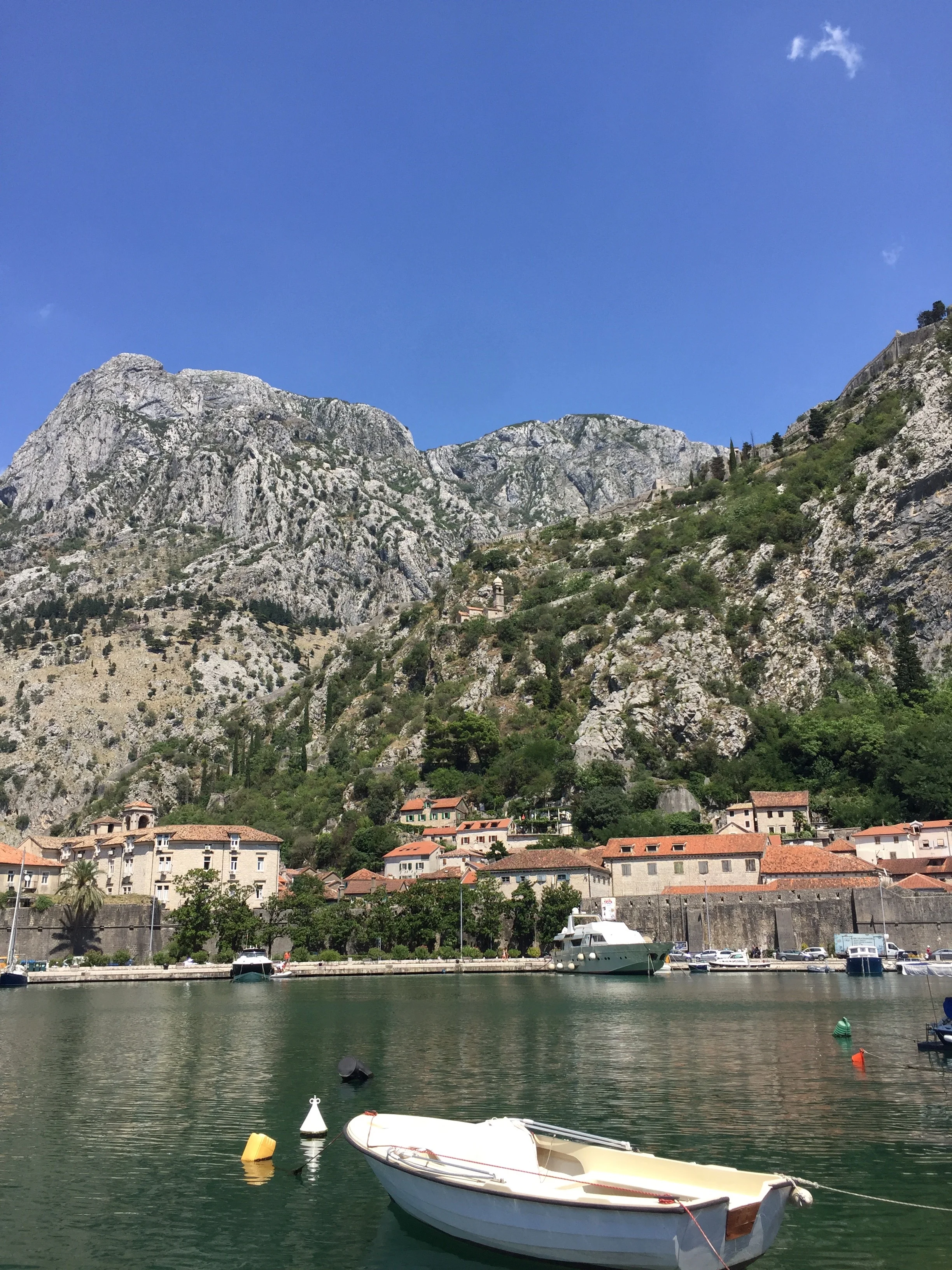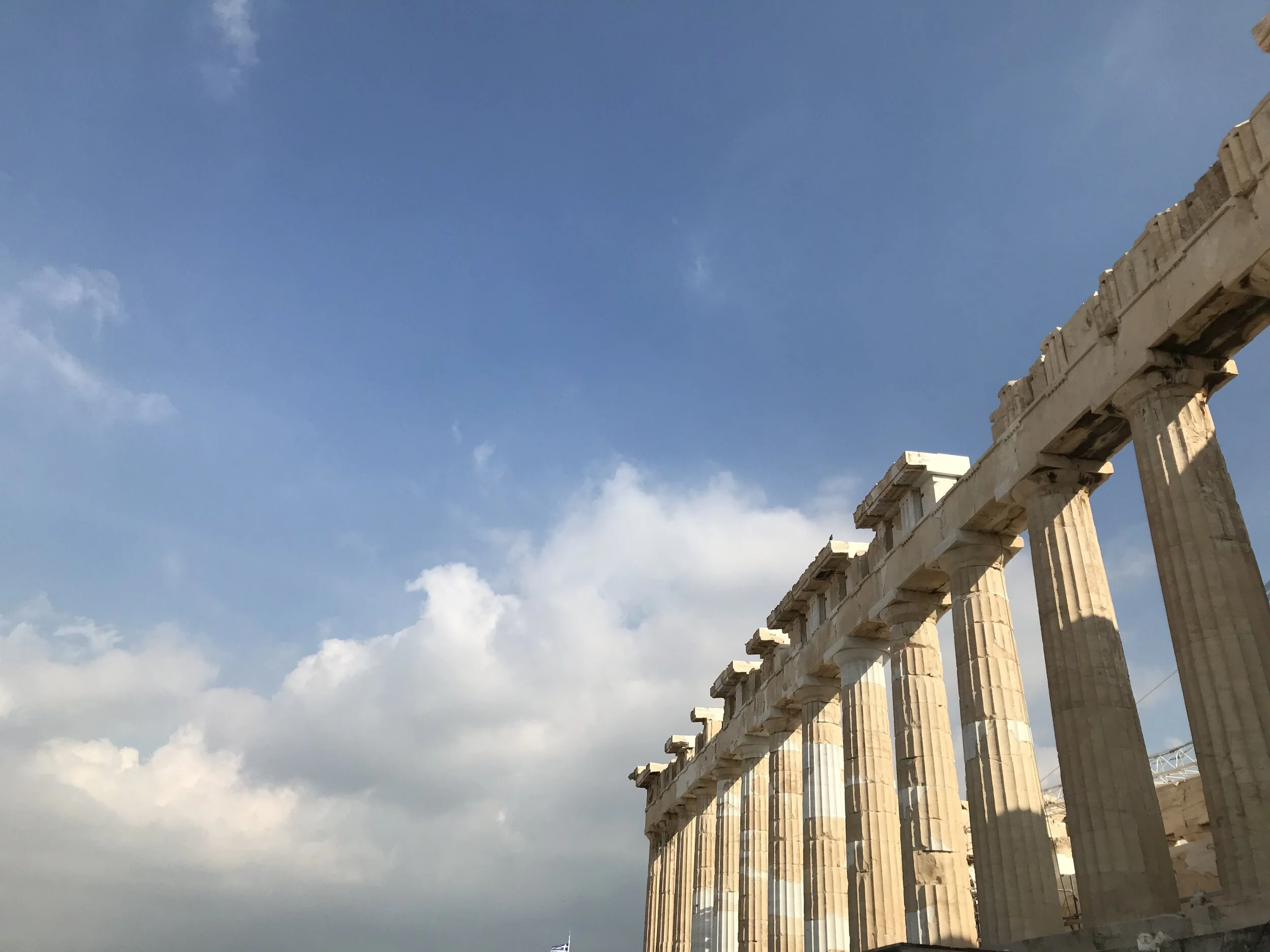Four Seasons Astir Palace, Athens | Sleeper Magazine
Published by Sleeper Magazine, November 2019
There are few countries in the world that can lay claim to a history as rich with myth and legend as Greece. The so-called cradle of western civilisation is a living, breathing testament to man’s achievements, to this day allowing us to peer through a telescope that reveals yesteryear in all its beautiful, complex glory. For this reason, the past is fiercely revered in Greek culture — not only because it allows us to learn from former lessons, but also because it provides us with the foundations on which to build a solid, lasting legacy.
It’s with this in mind that the Four Seasons has made its debut in Greece, having taken over the former Astir Palace Hotel and embarking on a top-to-toe renovation. The resort originally opened in 1961 and at the time the hotel was a bold, postwar message of progression. As a tourism marketing tool, it was a conscious move away from the traditional houses and quaint villages that Greece had become renowned for, replaced instead with statement design that embodied a growing sense of pride about where the country was heading. It was an optimistic time and Astir Palace reflected that.
Situated on a pine-clad peninsula that’s surrounded by the uniquely hued water of the Aegean Sea, Astir Palace lies in the suburb of Vouliagmeni, just 25 minutes south of the centre of Athens and the airport. This location rendered it both convenient and covetable so that when it opened, fame took hold rapidly. Then, during the golden era of the ‘60s, everyone from Aristotle Onassis and Jackie O to Brigitte Bardot, Frank Sinatra and the Beatles passed through its doors, and suddenly its reputation as the darling of the globe-trotting glitterati was cemented.
Yet in spite of its high profile following, it was on the hearts of local Athenians that the hotel etched its biggest mark. Over the years it became an intrinsic part of many family’s lives, which is why its closure in 2016 was met with much sadness, and why the announcement that the hotel would be reopened under the management of Four Seasons Hotels and Resorts was met with some trepidation. Nevertheless, the €250m investment — an amount that promised to transform every corner of the tripartite property — assuaged fears, and when the Astir Palace reopened this year as the first Four Seasons property in Greece, anxieties dissolved.
Gratitude for the fact can be laid at the feet of the many high calibre teams involved in the renovation. From acclaimed Greek architects AETER and K-Studio to international design partners like New York-based Meyer Davis and Swedish interiors maestro Martin Brudnizki — there was a mass effort in reviving, rather than totally reimagining, the hotel’s former flair. So much so that the three pillars of the complex — Arion, Nafsika, and the original bungalows — all look largely unchanged from the outside. The interiors, however, have been totally refreshed, and while there are still obvious nods to its heritage, there’s clear direction in heralding the hotel’s fresh vision.
Avra, for example, is one of the bars that fell under Brudnizki’s remit and acts as a vibrant social hub as well as a clear celebration of the setting. Located in Nafsika, it’s a two-storey space with floor-to-ceiling windows where the outside pours in. As light streams through, it illuminates mirrored wall panels that glitter with a similar playfulness to the hotel’s jet-setting clientele — it’s a shamelessly glitzy space designed for mingling. Meanwhile, spaces like Taverna 37 offer a low-key approach to socialising that’s more in tune with local tradition and the pre-existing landscape.
“A taverna is an in-between space,” explains Dimitris Karabatakis of K-Studio. “So we tried to keep that lightness by merging it into the natural curve of the coastline. It doesn’t compete with the bungalows above it and that allows people to form a connection with its simplicity.” The result is a contemporary take on a classic, where draped pergolas provide shade from the searing sun and typical music bounces off copper-tinged bauxite. Fear not, the Greek appreciation for food remains untouched — you’re still not allowed to leave the table till you’ve polished off every last mouthful of dessert.
Elsewhere and Elios sits at the opposite end of the resort, sandwiched between Nafsika and the sea. Set back from a trio of pools topped by their own floating olive grove, it offers an altogether different seaside ambience. “Resorts are immersive experiences where you create worlds within worlds,” Karabatakis affirms. “So at Elios, there’s a sharpness; a slickness. We’re celebrating that it’s manmade, and that it acts as a fade between building and sea.” This is the hotel’s daytime hobnobbing hub — a place to see and be seen, preferably with an Aperol Spritz in hand.
This theme of contrasting spheres continues throughout each of Astir Palace’s many communal spaces. From the yacht-inspired decor of Pelagos, serving Greek fare with a twist and Mercato, the chic Italian trattoria, to the casual insouciance of Astron Lounge and the exclusivity of Aristotle’s, there is a spot for every whim. When fatigue sets in, the Spa bedecked in white marble provides sanctuary. And of course, there are 303 exquisitely conceived rooms to retire in, sourced from an impressive roster of names including Bernhardt, Fil Doux, and Preciosa, the latter providing custom chandeliers for the suites.
But what remains in the face of transformation is a dedication to maintaining Astir Palace’s cherished roots. There are over 2000 works of contemporary Greek art hung on the walls throughout the property, for example. And of the 650 excellent staff, around 85% are Greek. For many, the essence of the hotel is grounded in their childhood and with that comes a duty to maintain what made it special. “There’s a huge responsibility to work on a project like this” admits Karabatakis. “But when I came here with my parents I walked them through what they knew very well a long time ago and they were pleasantly surprised — they loved it” So just like that, an icon is reborn, and Adonis for modern times emerges.






